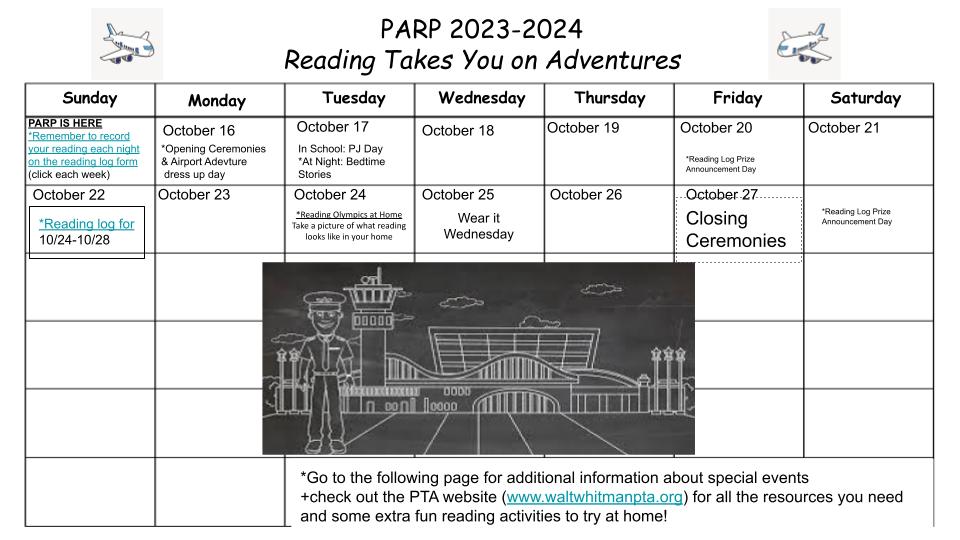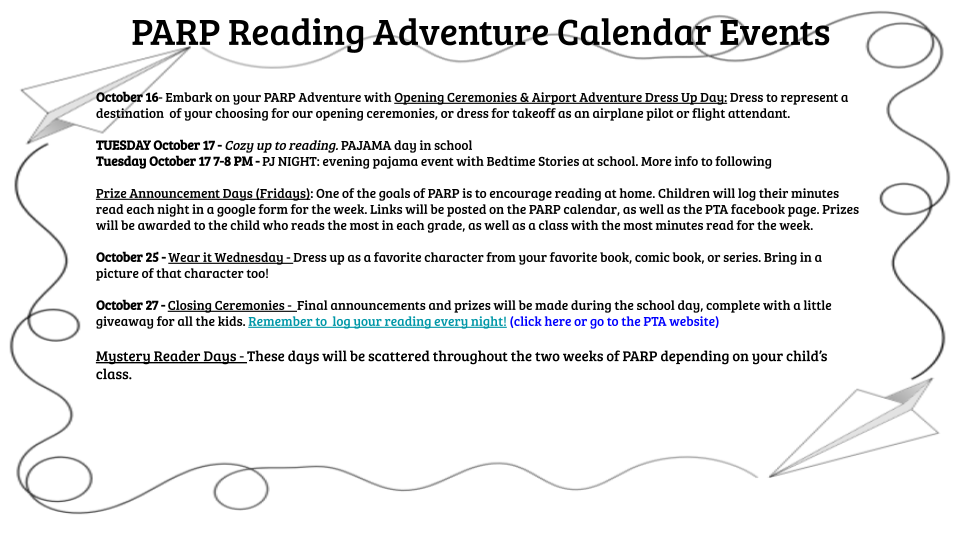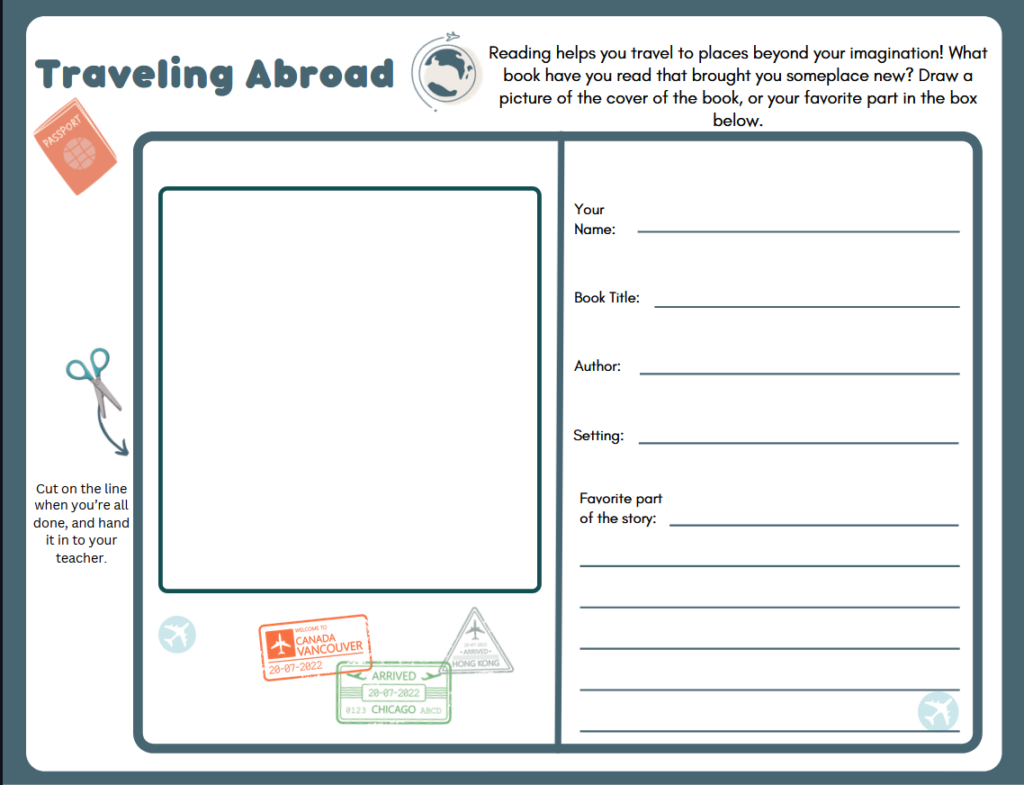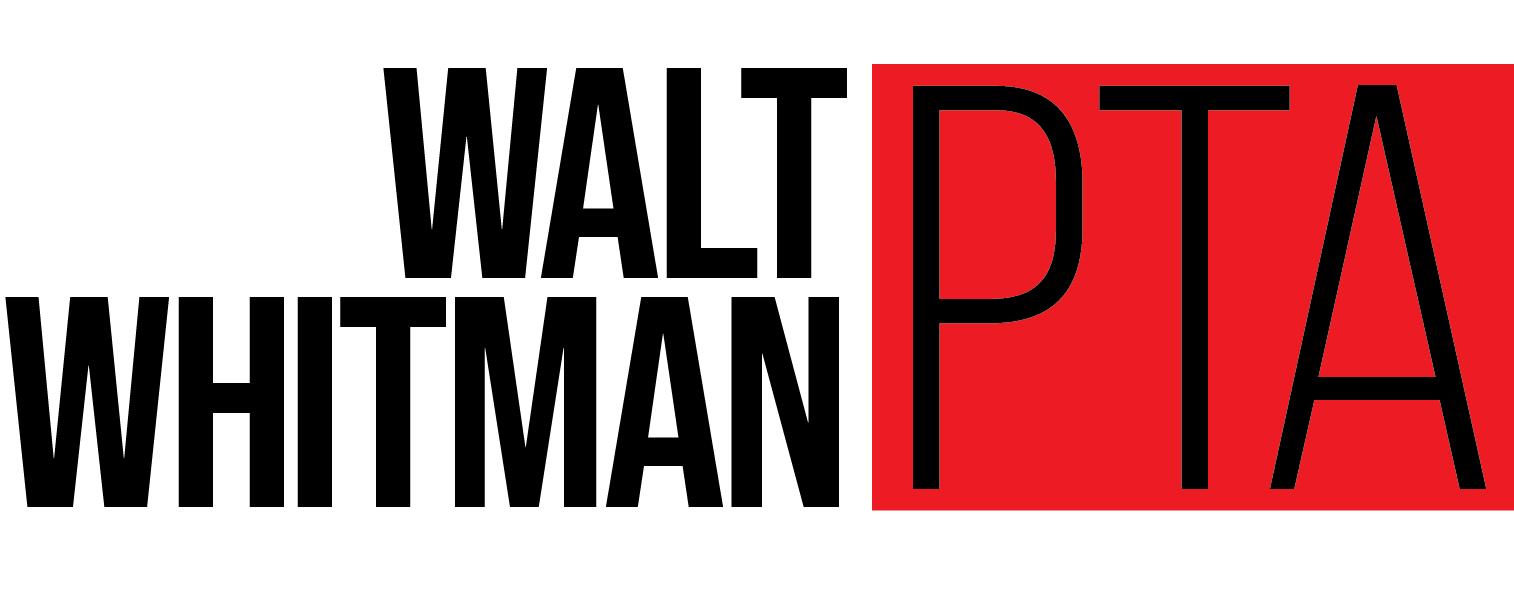2023-24 PARP Program!
We proudly invite you to join us for two weeks of fun with “A PARP reading adventure” We will read and participate in activities and projects around a fun, global theme of travel, exploration and adventure.
This year’s PARP will start off with an exciting school-wide “opening ceremony” event on Monday, October 16th. Kids will be encouraged to Dress Up on that day in their adventure friendly best… Think: travel, international, adventurer.
Prior to opening ceremonies, you will find a fun “passport to PARP” project that will came home with your child on Friday, October 6th. We encourage you to have your child complete the project so they can be represented as part of our school-wide decorations. The passport projects should be sent back into school by Wednesday, October 11th.
Questions? Contact: the PTA PARP Committee
PTA Parents: Mollie Newman, Heather Egert, Rachel Levenson, and VP of Education, Jacqueline Braunstein
Teachers: Ms. Beach, Ms. Falck, Ms. Steinberg and Mr. Snyder




What is PARP?
PARP is an acronym for Pick A Reading Partner. It is a program designed to engage and involve parents, caregivers and other adults in fostering the love of reading in children. PARP encourages reading partners to participate in some type of reading experience with their children for at least 20-25 minutes a day, thereby instilling strong reading habits, and encourages children to become better readers.
PARP stresses that reading can be fun as well as informative. The daily communication shared through PARP will also serve to strengthen the family and fortifies children’s reading habits. PARP helps cement necessary bonds between the home and the school to foster the education process. Together, this effort will make our children more successful and their education more fruitful.
Each day, please be sure to read with your child and complete the online reading record. Please also encourage your child to engage in the PARP activities on the attached calendar, and to observe how the PARP displays in the hallways at school and online, continue to grow with their reading successes.
History of PARP
The Pick A Reading Partner (PARP) program, originally known as Parents As Reading Partners, began in the New York State Senate Education Committee through the efforts of Senator James H. Donovan, with the support of former New York State Governor Hugh Carey and Education Commissioner Gordon Ambach.
In the summer of 1978, Senator Donovan learned of a fifteen-minute daily reading program, and asked his office staff to research what other states were doing to promote reading. The New York State Planning and Steering Committee decided to incorporate the best features found in other state programs. It was suggested that the local planning committee choose a theme and use national, state or local talent to promote the program. New York State drew on the talents and resources of twenty organizations in developing its own program.
PARP was officially launched through a mass-mailing effort in March, 1979. A conference followed in October with keynote speaker, the late Bob Keeshan, better known to some as television’s Captain Kangaroo.
Since 1987, NYS PTA has sponsored and administered the PARP program. Each year the NYS PTA offers workshops at Summer Leadership Conference and our Annual Convention. These trainings allow educators and adults to enhance communication, share experiences and increase involvement with children and schools.
PARP Goals
- Encourages reading at home to supplement school and library reading programs;
- Allows children to discover that reading can be fun as well as informative;
- Fortifies children’s reading habits;
- Strengthens student and family reading habits, while focusing on the enjoyment of reading;
- Develops and improves family relationships and communication;
- Brings parents and children closer together by sharing the pleasurable experience of reading together;
- Provides parents with information to help their children become better readers;
- Improves children’s creativity and wellbeing by limiting television viewing and increasing family closeness; and
- Strengthens the bond between home, school and community.

